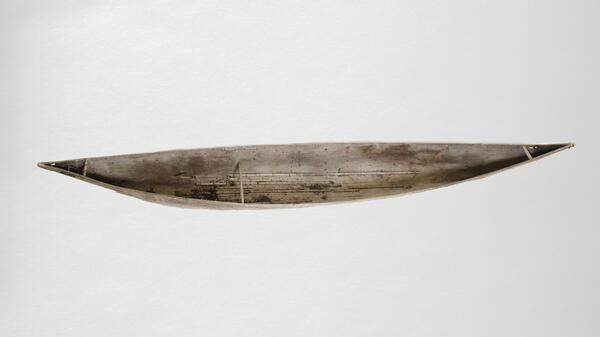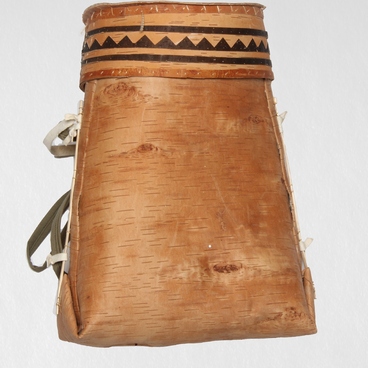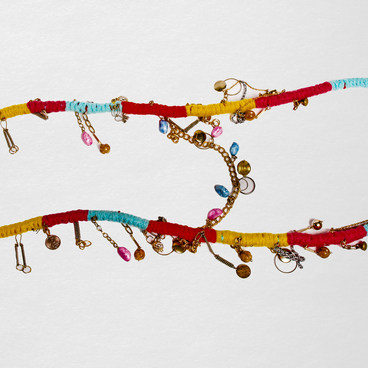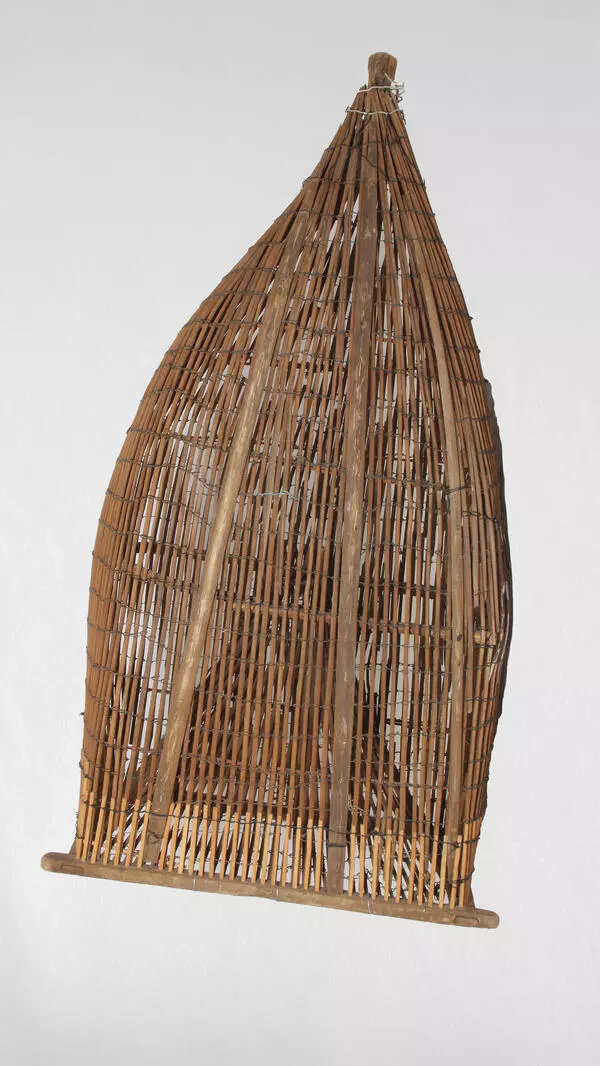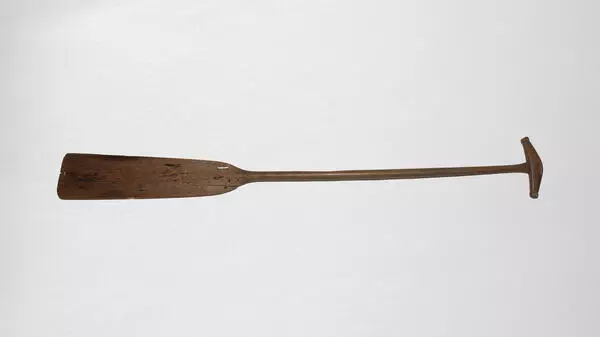Fishing was one of the most widespread occupations of the indigenous small-numbered peoples of the North. They caught fish with nets and beat them with harpoons. Often it was necessary to go far from the settlement for fish: swim across lakes, go down rivers. The Khanty and Forest Nenets used small dugout boats as a water transport to inspect nets, catch fish, hunt ducks, and transport goods. Another name for these small Siberian boats is “vetka” (“branch”).
The exhibition of the Muravlenko museum features one of these boats, made from a single piece of wood.
The dugout was made in several stages. The first step was to find and fell a suitable tree. Then the craftsmen checked whether the trunk was suitable for the boat. To do this, they took a sample: with the help of an ax or a knife, they took out a strip of wood, on which the location of the fibers was visible. They had to be straight. If the tree turned out to be suitable, then a piece of the required length was cut off from the trunk — based on how many people had to fit in the dugout.
The resulting log was delivered to the site and processed from the outside, giving it the desired shape. To do this, they used an ax and a special drawknife — a homemade carpentry tool designed to shape wood by removing shavings. Unlike the hand plane, the drawknife had handles on either side of the blade, which made it possible to remove thin, even, long shavings along the entire length of the trunk.
To make the sides of the boat equally thick, the artisans drilled the entire boat from the outside at equal intervals and inserted short rods into the holes that were as thick as the index finger.
In order for the rods to be of the same length, a plank was additionally cut out in which holes were drilled — exactly the number of rods that was needed. Sticks were inserted into the holes and cut off on both sides. After that, the board was rubbed with soot on one side; the rods were taken out and driven with the painted side into the boat.
Excess wood from the inside was taken out with two adzes: one was used to go deeper to the bottom and the other — to make the sides of the boat. When the sides were as thick as needed, the boat was treated with steam: hot water was poured inside, and the boat was held over a weak fire. After that, the sides were fixed at the desired distance and horizontal braces were inserted.
The exhibition of the Muravlenko museum features one of these boats, made from a single piece of wood.
The dugout was made in several stages. The first step was to find and fell a suitable tree. Then the craftsmen checked whether the trunk was suitable for the boat. To do this, they took a sample: with the help of an ax or a knife, they took out a strip of wood, on which the location of the fibers was visible. They had to be straight. If the tree turned out to be suitable, then a piece of the required length was cut off from the trunk — based on how many people had to fit in the dugout.
The resulting log was delivered to the site and processed from the outside, giving it the desired shape. To do this, they used an ax and a special drawknife — a homemade carpentry tool designed to shape wood by removing shavings. Unlike the hand plane, the drawknife had handles on either side of the blade, which made it possible to remove thin, even, long shavings along the entire length of the trunk.
To make the sides of the boat equally thick, the artisans drilled the entire boat from the outside at equal intervals and inserted short rods into the holes that were as thick as the index finger.
In order for the rods to be of the same length, a plank was additionally cut out in which holes were drilled — exactly the number of rods that was needed. Sticks were inserted into the holes and cut off on both sides. After that, the board was rubbed with soot on one side; the rods were taken out and driven with the painted side into the boat.
Excess wood from the inside was taken out with two adzes: one was used to go deeper to the bottom and the other — to make the sides of the boat. When the sides were as thick as needed, the boat was treated with steam: hot water was poured inside, and the boat was held over a weak fire. After that, the sides were fixed at the desired distance and horizontal braces were inserted.

